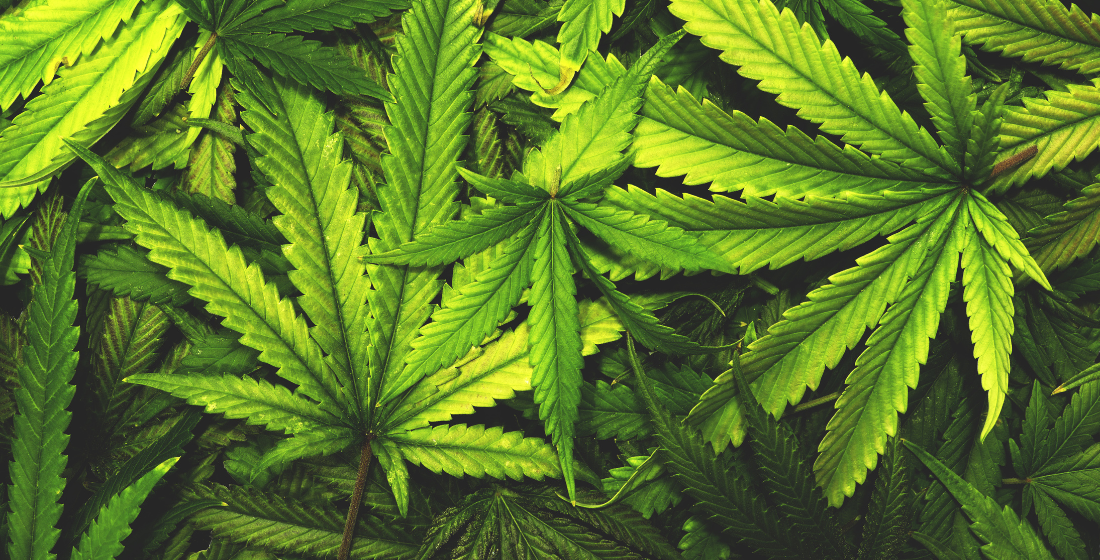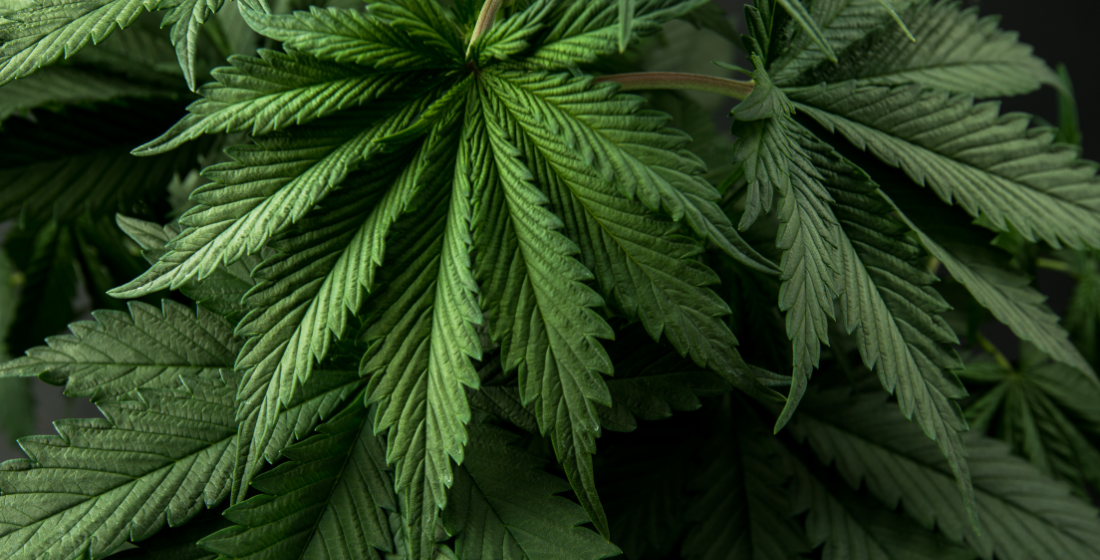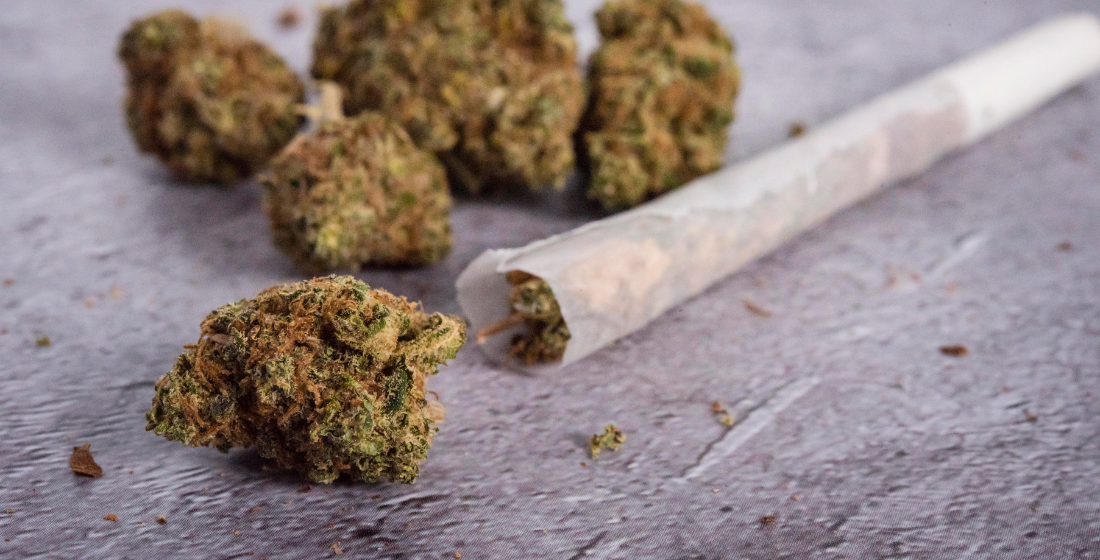Konopie: podstawowe informacje
Popularność i potencjał terapeutyczny marihuany sprawiły, że stała się ona centralnym punktem badań i debat. Niezależnie od tego, czy rozważasz jej właściwości lecznicze, czy po prostu jesteś ciekawy jej efektów, zrozumienie podstaw marihuany jest niezbędne. Niniejszy artykuł przedstawia fakty, statystyki i aktywne składniki, które składają się na tę wieloaspektową roślinę

- Konopie to jedna z najpopularniejszych substancji psychoaktywnych na świecie.
- Konopie zawierają ponad 100 aktywnych związków zwanych kannabinoidami, z których najbardziej znane to: delta-9-tetrahydrokannabinol (THC) i kannabidiol (CBD). W konopiach znajdują się także inne składniki aktywne – terpeny.
- THC odpowiada za odurzający efekt konopi, zwany hajem.
- Konopie włókniste (ang. hemp) to odmiana konopi używana do produkcji papieru, lin, tekstyliów, odzieży, farb, izolacji, biopaliw, żywności, biodegradowalnego plastiku i paszy dla zwierząt.
- Konopie włókniste różnią się od konopi innych niż włókniste, nazywanych często indyjskimi poziomem THC – konopie włókniste definiuje się jako zawierające mniej niż 0.3% (lub czasem 0.2% zależnie od regulacji prawnych) THC.
Konopie w liczbach
- Szacuje się, że aktualna liczba użytkowników konopi na całym świecie przekracza 200 milionów.
- Prawie 10% osób deklarowało codzienne lub prawie codzienne używanie konopi w minionym roku.
- W 2016 roku 22.1 miliona osób spełniło kryteria diagnostyczne zaburzeń związanych z używaniem konopi (potocznie nazywanych uzależnieniem od konopi).
Układ endokannabinoidowy w kilku słowach
- Ludzkie ciało ma swój własny układ endokannabinoidowy, który reguluje poziom stresu, długość snu, odczuwanie bólu, stany zapalne w organizmie oraz funkcjonowanie poznawcze, głównie pamięć i uczenie się.
- Nasz układ endokannabinoidowy może wytwarzać swoje własne kannabinoidy, podobne do tych, występujących w konopiach, nazywane endokannabinoidami.
- THC działa na nasz układ endokannabinoidowy i zaburza jego równowagę. Po regularnym zażywaniu konopi, rozwija się tolerancja, a po ograniczeniu ich używania lub całkowitym odstawieniu mogą pojawić się objawy odstawienia.
#konopie, THC, zdrowe nawyki, zioło, kontrola używania, terapia, wsparcie, CBD
Bibliografia
Nutt, D. (2020). DRUGS WITHOUT THE HOT AIR: making sense of legal and illegal drugs. UIT Cambridge Limited.
Podobne posty
Jakie są objawy odstawienia marihuany i jak sobie z nimi radzić?
Konopie indyjskie, popularnie zwane marihuaną, stały się integralną częścią życia wielu ludzi. Jednak, podobnie jak w przypadku wielu innych substancji, odstawienie marihuany może prowadzić do pewnych objawów odstawienia. W tym artykule zbadamy objawy odstawienia związane z marihuaną i zaproponujemy strategie skutecznego radzenia sobie z nimi. Objawy odstawienia i inne trudności Dogłębne spojrzenie na…
Różne sposoby używania konopi: spray, jedzenie, palenie
Konopie indyjskie zyskały znaczną popularność zarówno w zastosowaniach rekreacyjnych, jak i leczniczych. Metody konsumpcji mogą się znacznie różnić, a każda z nich niesie ze sobą własny zestaw efektów i doświadczeń. Niniejszy artykuł ma na celu przybliżenie czytelnikom różnych metod konsumpcji konopi indyjskich i wynikających z nich efektów. Spryskiwanie chwastów: Podejście medyczne Medyczne zastosowanie marihuany poprzez rozpylanie i…




